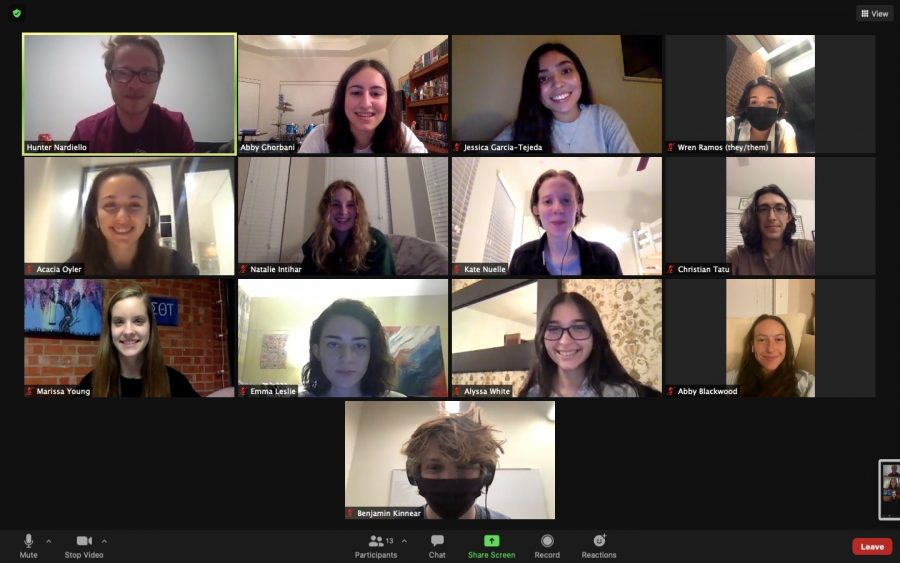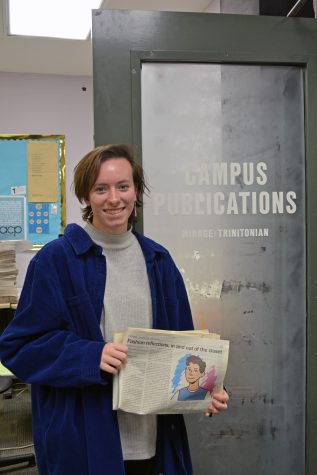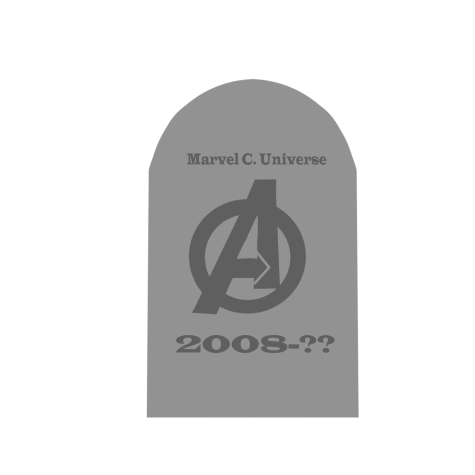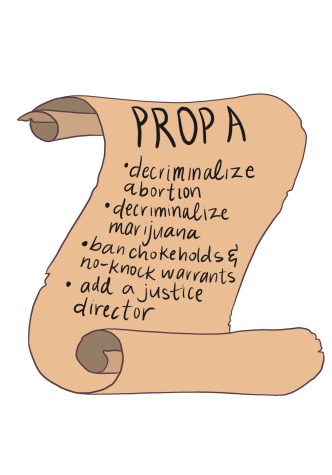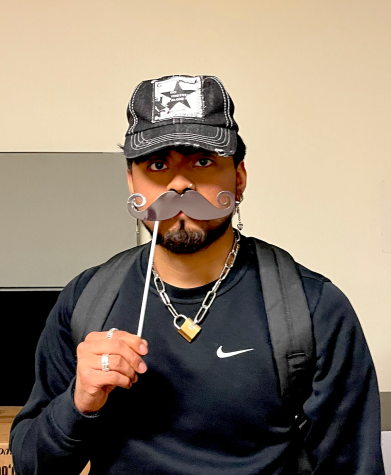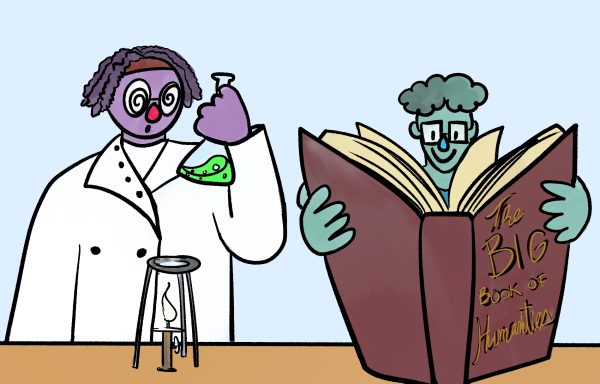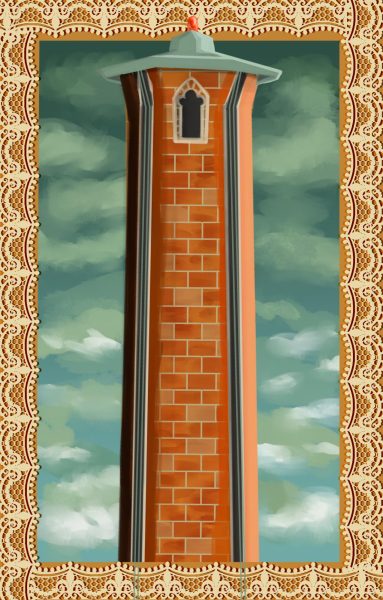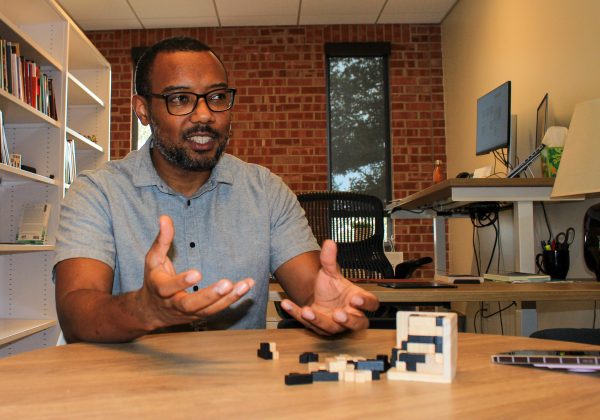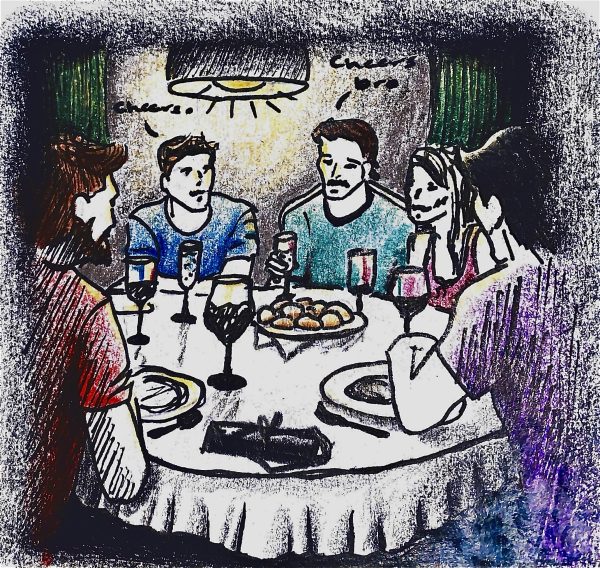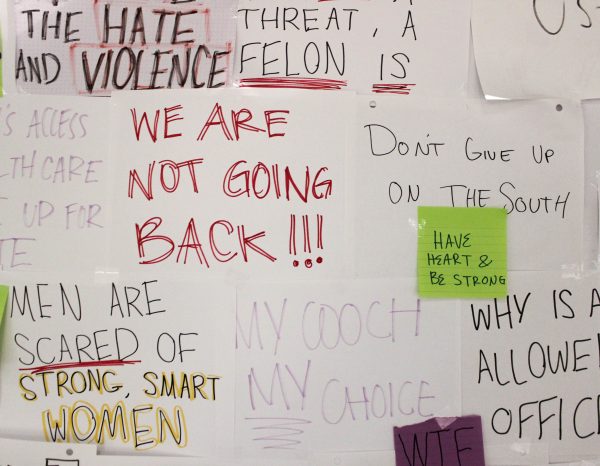Mirage yearbook sent to presses
Editors, staff overcome challenges while documenting school year
It’s been a historic year under COVID-19, which means that the Mirage, Trinity’s yearbook, had the opportunity to make a historic yearbook. Now that the 2020-2021 Mirage has gone to the presses, how did the production process go?
Well, the Trinitonian talked to three members of the Mirage to find out: the Managing Editor, Abigail Ghorbani; the Editor-in-Chief, Hunter Nardiello; and Mirage reporter, Emma Leslie. Putting together the Mirage, like a lot of Trinity activities this year, required a new set of skills, and if there was one skill Trinity students really had to hone this year, it would be flexibility.
The editors’ experiences reinforced the need for flexibility. When asked what they learned from their experiences this year, the editors replied that, more than anything else, they learned to be more flexible.
“I learned to be very flexible, especially with lots of uncertainties going on. We were constantly changing our plan and what stories we did based on what was available or what we could get photos and a response on, and we had to adapt when stories fell through,” Nardiello said.
One of the struggles of the pandemic led to the question: how do you take pictures of events you can’t go to, where groups of people can’t be in the same room together? In overcoming this struggle, the Mirage found some interesting and creative possibilities.
“We had illustrations in the book, which allowed for staff members who were artistically talented to show off drawing capabilities, and another situation where we had to use photoshop to create composite photos to replace group photos. Everyone submitted their own photo and we got to see everyone’s unique take. We had a lot of new opportunities for creative expression and took a little bit more liberties,” Nardiello said.
Similar to the complications with photography, this year led to stories that couldn’t be done, but it gave the Mirage staff the opportunity to do completely new stories.
“Last semester, we did new things like everybody’s living situations off campus and one on masks, just a bunch of spreads that can’t be done any other year,” said Ghorbani.
COVID-19 was only one of many concerns in 2021, however.
“One in particular was about during the snowstorm. There were a couple faculty in Mabee, POD, and one other that stayed overnight to provide food,” Nardiello said.
Finally, there were the stories where people got creative.
“My favorite stories were two art spreads about students in painting and drawing and student art work in general. I got to interview people about their art and have them show them to me. It was nice to talk to people about what they liked to do and got a lot of time to work on during quarantine,” Leslie said.
However, no matter the story, there was an obvious theme throughout the book: how COVID-19 affected Trinity.
“Every spread I’ve done is all about here’s what’s happening, here’s what they’re doing this year, and here’s how they are affected by COVID. All headlines mention COVID, which is an unfortunate theme,” Leslie said.
Editors note that this year has been one of unusual ups and downs.
“Things were planned; then they got canceled, and we had to rework things. We were more adaptable and more proud than we typically would be because of all we had to come up with and change from past books,” Ghorbani said.
As for the unique reporting experience?
“It’s been cool to get to know a bunch of different people from different organizations,” Leslie said.

